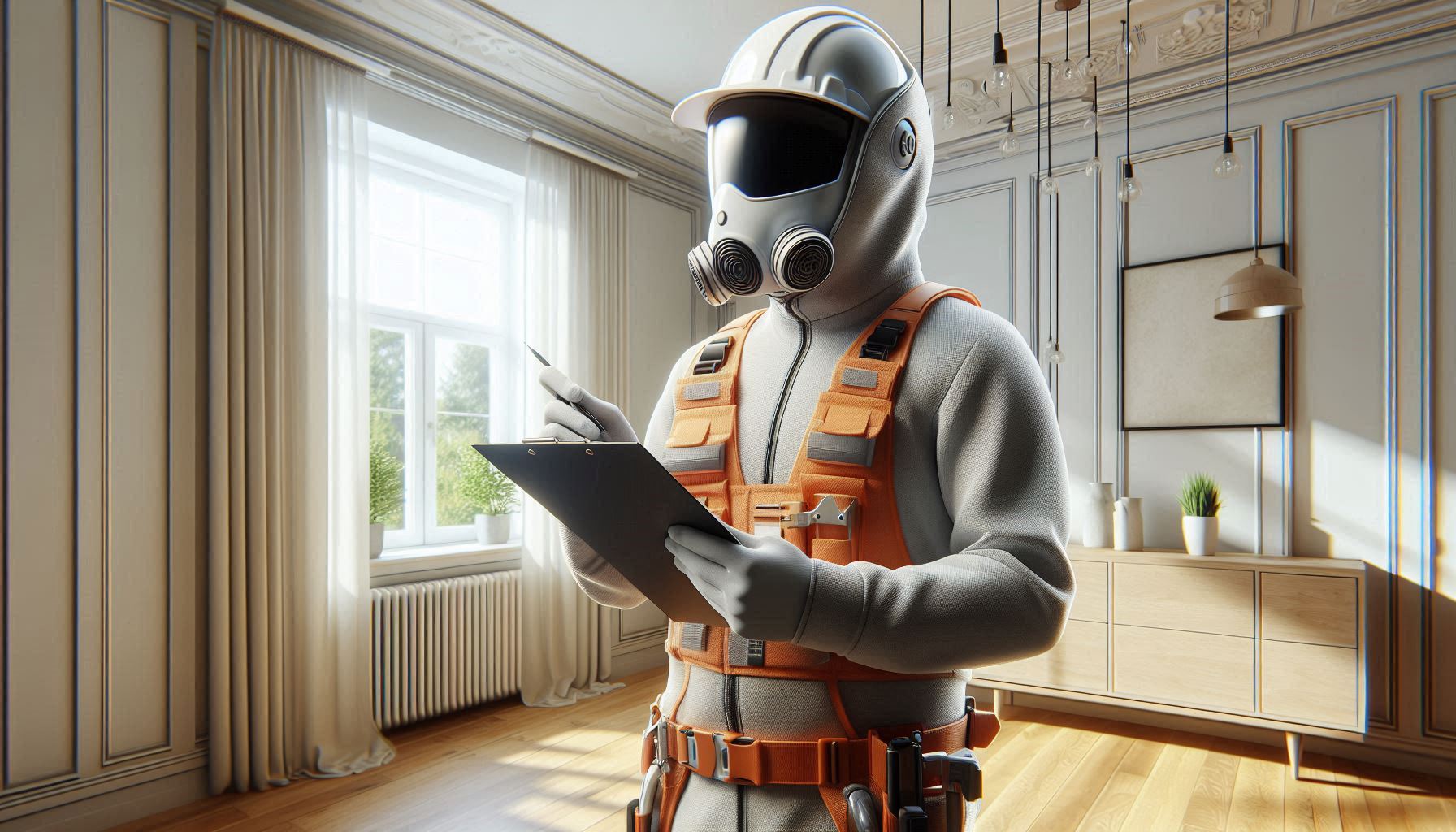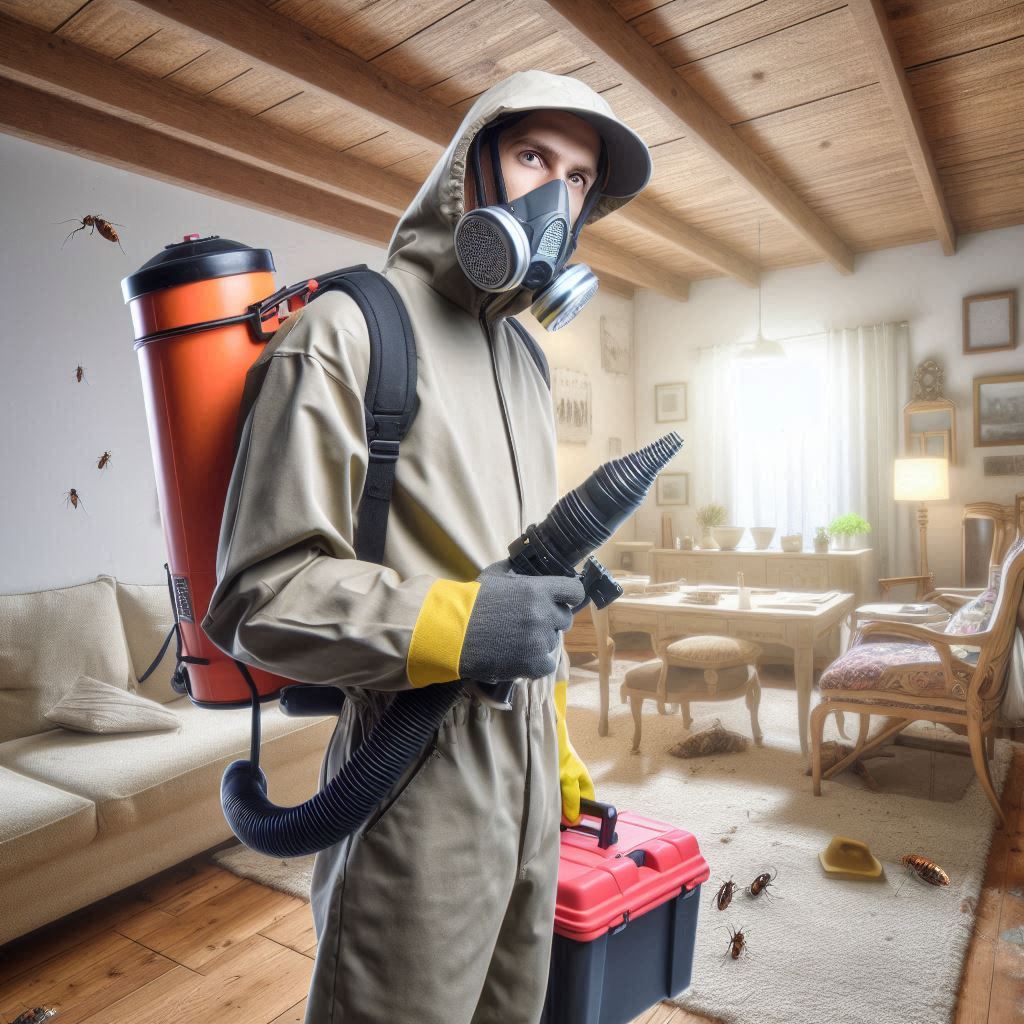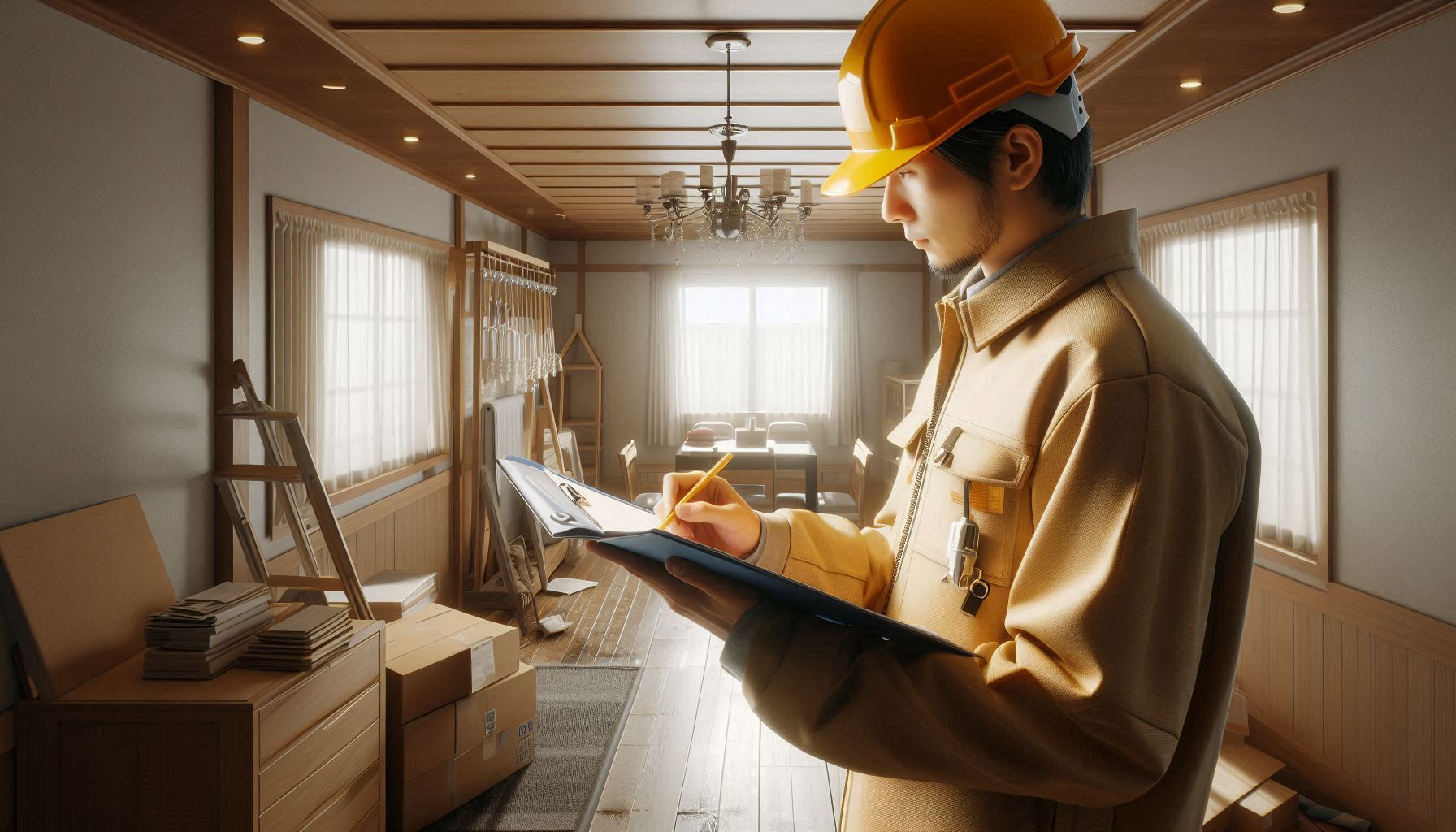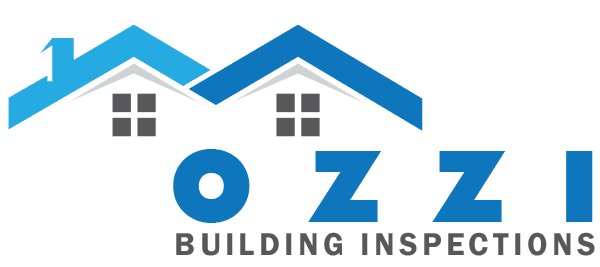Investing in property is a significant financial commitment, and protecting that investment is crucial. One of the best ways to ensure that your property is built to the highest standards is through complete stage inspections. These inspections are conducted at various stages of the construction process to identify potential issues early on and ensure that the building is progressing as planned. In this article, we’ll explore the importance of complete stage inspections, what they entail, and how they work alongside building inspection and pest inspection to safeguard your investment.

Why Complete Stage Inspections are Essential
Early Detection of Issues
- Complete stage inspections allow for the early detection of construction defects or deviations from the approved plans. By identifying these issues early, they can be addressed promptly, preventing costly repairs down the line.
Quality Assurance
- These inspections ensure that each stage of construction meets the required standards and specifications. This helps maintain the overall quality of the build and ensures that the final product is safe and durable.
Compliance with Regulations
- Property inspectors ensure that the construction complies with all relevant building codes and regulations at each stage. This compliance is crucial for obtaining necessary approvals and avoiding legal complications.
Peace of Mind
- Knowing that a professional is overseeing the construction process provides peace of mind. It reassures you that your investment is being protected and that the property will be built to last.

What Do Complete Stage Inspections Entail?
Complete stage inspections typically cover several key stages of the construction process:
Foundation Stage
- During this stage, the inspector checks the preparation of the ground, the placement of reinforcing materials, and the pouring of the concrete slab. This ensures a strong and stable foundation.
Frame Stage
- The frame inspection involves examining the structural framework, including the walls, roof, and floors. The inspector checks for proper alignment, secure connections, and compliance with design specifications.
Lockup Stage
- At this stage, the inspector verifies that the external shell of the building, including doors, windows, and roofing, is properly installed. This ensures that the structure is weatherproof and secure.
Pre-Plaster Stage
- Before plastering, the inspector checks the installation of electrical wiring, plumbing, and insulation. This ensures that all internal systems are correctly installed and ready for the next phase.
Fixing Stage
- During the fixing stage, the inspector examines the installation of internal fittings and fixtures, such as cabinetry, doors, and skirting boards. This ensures that all elements are properly fitted and functional.
Final Handover Stage
- The final inspection involves a comprehensive assessment of the completed building. The inspector checks that all finishes are of high quality, all systems are operational, and there are no defects or incomplete work.

The Role of Building Inspection and Pest Inspection
Complete stage inspections work hand in hand with building inspection and pest inspection to provide a comprehensive evaluation of the property:
Building Inspection
- Building inspections cover the structural aspects of the property, ensuring that the construction is safe, compliant, and built to a high standard. These inspections are crucial at each stage to maintain quality control.
Pest Inspection
- Pest inspections identify any signs of pest infestations, such as termites, which can cause significant structural damage. Conducting pest inspections at various stages helps prevent infestations from becoming major issues.

How to Find a Reliable Property Inspector
Finding a qualified and experienced property inspector is essential for thorough and accurate inspections. Here are some tips:
Research and Reviews
- Look for inspectors with good reviews and testimonials from previous clients. Online platforms and local directories can be useful resources.
Qualifications and Experience
- Ensure that the inspector is qualified, licensed, and has extensive experience in conducting complete stage inspections.
Detailed Reports
- Choose an inspector who provides detailed, easy-to-understand inspection reports with clear photographs and descriptions of any issues found.
Availability and Flexibility
- Make sure the inspector is available at a time that suits you and can accommodate the construction schedule.
Conclusion
Complete stage inspections are a vital part of protecting your investment in a new property. They ensure that the construction process is progressing as planned, meets all required standards, and is free from defects. By working alongside building inspection and pest inspection, complete stage inspections provide a comprehensive evaluation of your property, giving you peace of mind and safeguarding your investment. At Ozzi Building Inspections, we offer thorough and professional complete stage inspections to help you achieve the highest standards of construction quality. Contact us today to schedule an inspection and ensure your investment is protected.

No comment yet, add your voice below!